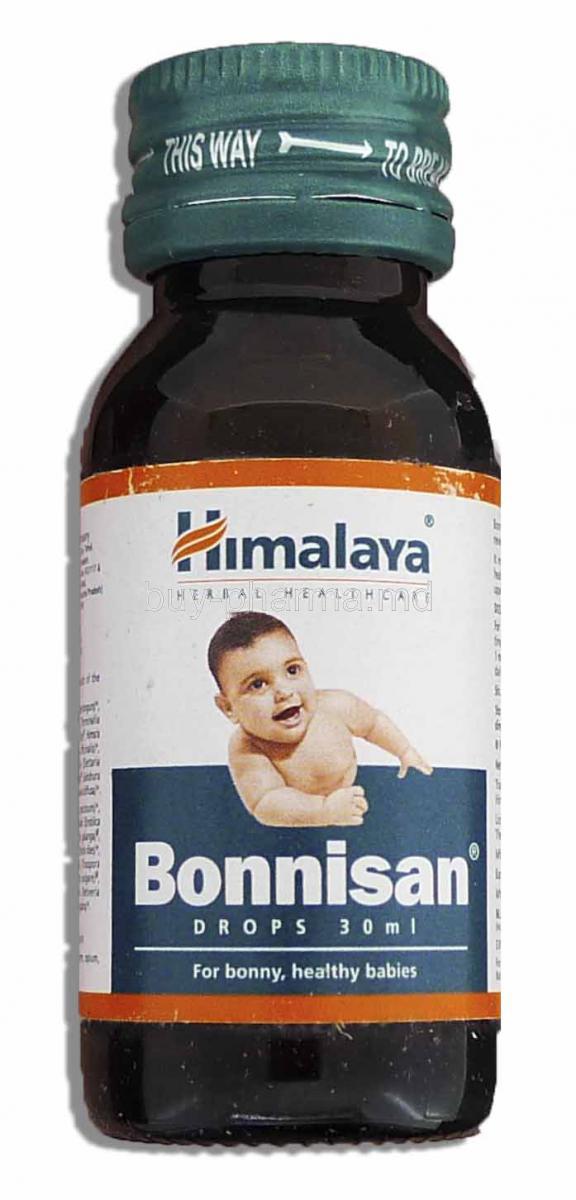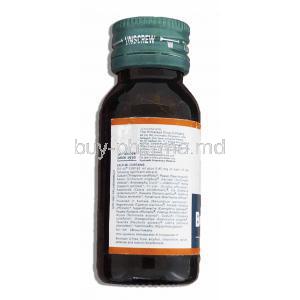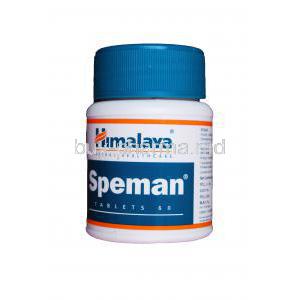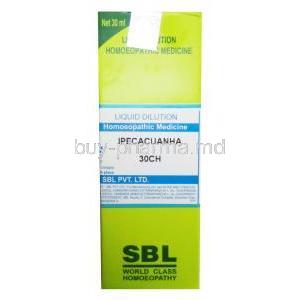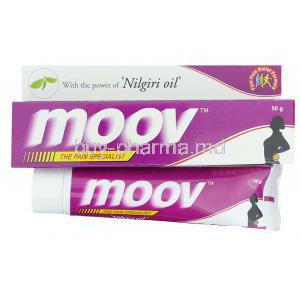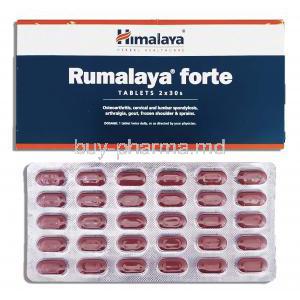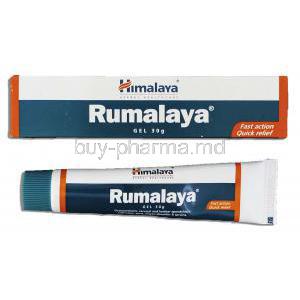Himalaya Bonnisan Liquid Digestive Tonic for Baby & Infants
- 1. Overview of Himalaya Bonnisan Liquid Digestive Tonic
- 2. Bonnisan Syrup uses
- 2.1 Relief from Infantile Colic, Gas, and Abdominal Distension
- 2.2 Management of Constipation and Irregular Bowel Movements
- 2.3 Appetite Stimulation and Weight Gain Support
- 2.4 Post-Antibiotic Gut Flora Restoration
- 2.5 Supportive Care During Teething-Related Digestive Discomfort
- 2.6 Prevention of Common Gastrointestinal Infections
- 2.7 Off-Label Use in Mild Pediatric Indigestion and Flatulence
- 3. Mechanism of Action: How Bonnisan Supports Infant Digestion
- 4. Composition and Key Ingredients of Bonnisan Liquid
- 5. Dosage and Administration Guidelines
- 6. Side Effects of Bonnisan
- 7. Important Drug and Herbal Interactions
- 8. Warnings and Special Safety Considerations
- 9. Contraindications and Conditions Requiring Caution
- 10. Guidelines for Careful Administration
- 11. Important Precautions Before and During Use
- 12. Use in Special Populations
- 13. Overdose Management and Emergency Guidance
- 14. Storage Instructions for Optimal Potency
- 15. Handling and Dispensing Precautions
1. Overview of Himalaya Bonnisan Liquid Digestive Tonic
1.1 Introduction to Ayurvedic Pediatric Formulations
1.2 Role of Bonnisan in Infant Gastrointestinal Health
1.3 Herbal Safety and Pediatric Use Recognition
2. Bonnisan Syrup uses
2.1 Relief from Infantile Colic, Gas, and Abdominal Distension
2.2 Management of Constipation and Irregular Bowel Movements
2.3 Appetite Stimulation and Weight Gain Support
2.4 Post-Antibiotic Gut Flora Restoration
2.5 Supportive Care During Teething-Related Digestive Discomfort
2.6 Prevention of Common Gastrointestinal Infections
2.7 Off-Label Use in Mild Pediatric Indigestion and Flatulence
3. Mechanism of Action: How Bonnisan Supports Infant Digestion
3.1 Antispasmodic and Carminative Effects of Dill Oil and Cardamom
3.2 Role of Ayurvedic Herbs in Improving Gut Motility
3.3 Probiotic-Enhancing and Gut-Soothing Mechanisms
3.4 Enhancement of Digestive Enzyme Secretion and Absorption
4. Composition and Key Ingredients of Bonnisan Liquid
4.1 Complete Herbal Ingredient List with Individual Benefits
4.2 Role of Each Herb: Dill Oil, Tinospora, Piper Longum, etc.
4.3 Natural Flavoring and Preservative-Free Profile
Gripe water vs bonnisan
5. Dosage and Administration Guidelines
5.1 Age-Wise Dosage Recommendations for Infants and Toddlers
5.2 Frequency and Duration of Use
5.3 Administration Techniques: Dropper, Spoon, or Mixing with Milk
5.4 What to Do in Case of a Missed Dose
6. Side Effects of Bonnisan
6.1 Overview of Safety Profile in Clinical and Traditional Use
6.2 Common Side Effects: Mild Loose Stool or Taste Aversion
6.3 Rare Side Effects and When to Seek Medical Attention
6.4 Allergic Reactions to Herbal Ingredients
7. Important Drug and Herbal Interactions
7.1 Potential Interactions with Antibiotics or Antipyretics
7.2 Compatibility with Iron and Vitamin Drops
7.3 Avoiding Concomitant Use with Other Digestive Aids
8. Warnings and Special Safety Considerations
8.1 Do Not Use in Case of Known Allergy to Any Ingredient
8.2 Avoid Use in Infants with Severe Liver or Kidney Disorders
8.3 Physician Consultation Recommended for Long-Term Use
9. Contraindications and Conditions Requiring Caution
9.1 Absolute Contraindications
9.2 Use in Infants with Rare Metabolic Disorders
9.3 Known Sensitivity to Natural Plant Extracts
10. Guidelines for Careful Administration
10.1 Administering During Illness or Fever
10.2 Observation Period for First-Time Use
10.3 Gradual Introduction for Sensitive Infants
11. Important Precautions Before and During Use
11.1 Ensuring Accurate Dosage for Weight and Age
11.2 Monitoring Bowel Habits and Abdominal Comfort
11.3 Keeping the Bottle Sterile and Avoiding Contamination
12. Use in Special Populations
12.1 Not Intended for Use in Elderly Populations
12.2 Administration to Pregnant or Nursing Mothers: Not Applicable for Direct Use
12.3 Pediatric Use: Exclusively Formulated for Infants and Toddlers
13. Overdose Management and Emergency Guidance
13.1 Signs of Accidental Overconsumption
13.2 First Aid Measures for Suspected Overdose
13.3 When to Contact Poison Control or Emergency Services
14. Storage Instructions for Optimal Potency
14.1 Recommended Temperature and Humidity Conditions
14.2 Protection from Direct Sunlight and Contaminants
14.3 Shelf Life and Expiry Monitoring
15. Handling and Dispensing Precautions
15.1 Shake Well Before Use and Clean After Each Use
15.2 Use of Calibrated Measuring Device
15.3 Safe Disposal of Unused or Expired Liquid
Himalaya Bonnisan Liquid Digestive Tonic for Baby & Infants FAQ
- Is Himalaya Bonnisan safe for babies?
- Do you give Bonnisan before or after feeding?
- Does Bonnisan help baby poop?
- What is Himalaya Bonnisan used for?
- How many drops of Bonnisan per day?
- Does Bonnisan increase baby weight?
- Can I mix Bonnisan with milk?
- Is Bonnisan good for reflux?
- Is Bonnisan an antibiotic?
- Is Bonnisan good for teething?
- Does Bonnisan stop diarrhea?
- What is the importance of Bonnisan?
- What is the difference between gripe water and Bonnisan?
- Is Bonnisan good for appetite?
- What are Bonnisan drops for babies?
- Does Bonnisan cause vomiting in babies?
- Does Bonnisan contain parabens?
- Does Bonnisan contain alcohol?
- Is it OK to give Bonnisan everyday?
Is Himalaya Bonnisan safe for babies?
Himalaya Bonnnisan is suitable for use as a health supplement to support the development of babies and kids.
Do you give Bonnisan before or after feeding?
After meals
Does Bonnisan help baby poop?
Bonnisan supports in treating issues in babies and kids like infantile colic and constipation by aiding the digestive system's natural functions for better health in little ones.
What is Himalaya Bonnisan used for?
This syrup is effective for treating issues in children like colic and upset stomachs, as well as relieving tummy aches and diarrhea.
How many drops of Bonnisan per day?
For babies administer 5 to 10 drops three times, per day; for infants, under 6 months old give 10 to 20 drops three times a day; and for infants aged between 6 to12 months provide 2 ml three times a day.
Does Bonnisan increase baby weight?
Yes
Can I mix Bonnisan with milk?
Yes
Is Bonnisan good for reflux?
Yes
Is Bonnisan an antibiotic?
Anethum graveolens or Dill Oil is known for its properties in aiding digestion and protecting the stomach.
Is Bonnisan good for teething?
Yes
Does Bonnisan stop diarrhea?
Yes
What is the importance of Bonnisan?
Boosts appetite in babies and kids while also easing colic and gas in the stomach (flatulence) and helps decrease intense crying in an infant without any clear reason.
What is the difference between gripe water and Bonnisan?
Bonnisan is made from herbs whereas gripe water includes sodium bicarbonate and dill oil.
Is Bonnisan good for appetite?
Yes
What are Bonnisan drops for babies?
Bonnisan fights issues in babies and kids like infantile colic and poor appetite by easing muscle spasms linked to colic. It safeguards the gastrointestinal lining while also aiding in the release of gas from the gastrointestinal tract.
Does Bonnisan cause vomiting in babies?
No
Does Bonnisan contain parabens?
Yes
Does Bonnisan contain alcohol?
No
Is it OK to give Bonnisan everyday?
Yes

